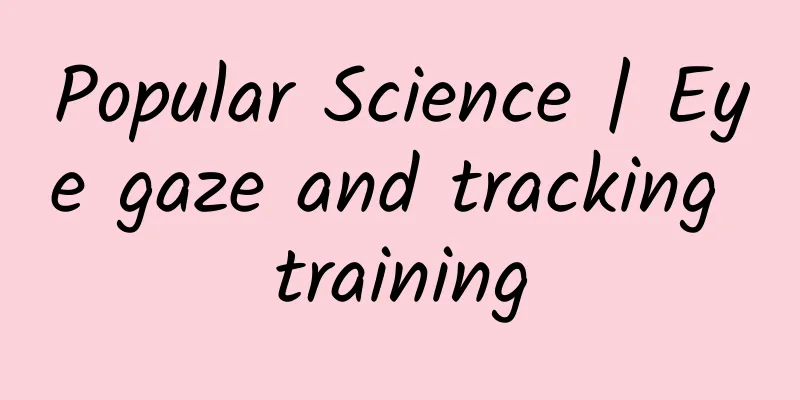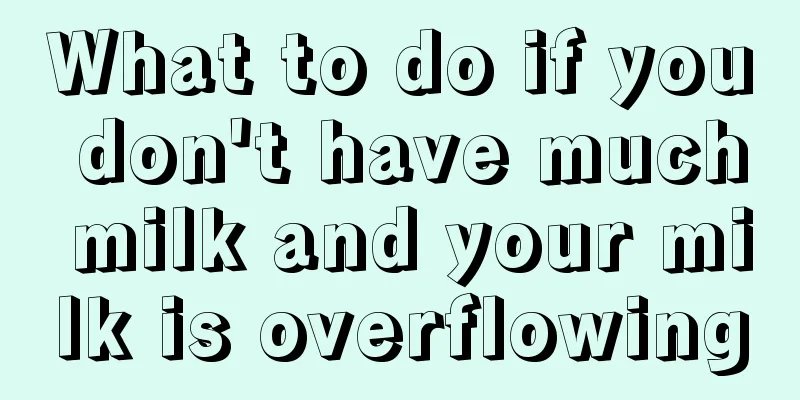Popular Science | Eye gaze and tracking training

|
1. Gaze function training 1. Training 1. Training purpose: to improve the stability of gaze function. 2. Training equipment: paper with circles drawn on it, pen, and blindfold. 3. Training steps: Cover one eye, and tell the child to use his/her dominant hand to hold a pen and start from behind the ear, click the center point of each circle on the paper, go back to behind the ear, and repeat the action. Then train the other eye. 4. Training goal: Click the center point of the circle quickly and accurately with an accuracy rate of 90%. 2. Straw training 1. Training purpose: to improve the stability of gaze function. 2. Training equipment: straw, guide stick, eye mask 3. Training steps: (1) The trainer stands in front of the child, holding a straw in his hand. The straw is placed at the child's eye level, first at the first eye position and then at different eye positions. (2) Cover one eye and instruct the child to use his or her dominant hand to hold the guide stick and pierce the straw from behind the ear on that side. If the straw is not pierced, return to the ear and repeat the action. (3) Then train the other eye. 4. Training goal: Insert the straw quickly and accurately with an accuracy rate of 90%. 3. Digital star map training 1. Training purpose: to improve the stability of gaze function; to establish good gaze function under graphic tasks. 2. Training equipment: drawings with five-pointed stars and numbers, guide sticks, and blindfolds. 3. Training steps: (1) Stick the drawing on the wall or place it on the table. (2) Cover one eye and instruct the child to use his/her dominant hand to hold the guide stick behind the ear on that side and point accurately to the number the trainer says. If the number is not pointed correctly, return to the ear and repeat the action. (3) Then train the other eye. 4. Training goal: Point out numbers quickly and accurately with an accuracy rate of 90%. 2. Follow-up Function Training 1. Marsden ball training 1. Training purpose: to improve the accuracy of following. 2. Training equipment: Marsden balls with numbers or letters, eye masks. 3. Training steps: (1) The Marsden ball is hung 1 meter away from the child, slightly below eye level. The trainer covers one eye and swings the Marsden ball left and right, instructing the child to follow the movement of the ball with his or her eyes. When the ball moves in front of the child, the trainer asks the child to read a letter that the child sees. The trainer asks the child to read a letter each time the ball is swung. At the same time, the swing amplitude of the Marsden ball is continuously increased. (2) Then proceed with training the other eye and both eyes. (3) Record the progress of training, including whether the child has head movements and the accuracy and smoothness of tracking. 4. Training goal: Track and stab the target quickly and accurately. 2. Digital star map following training 1. Training purpose: to improve the accuracy of following function; to establish good following function under the graphic background task. 2. Training equipment: drawings with five-pointed stars and numbers, guide sticks and blindfolds. 3. Training steps: (1) Cover one eye and instruct the child to hold the guide stick with his or her dominant hand and keep staring at a certain number. The trainer holds the digital star map firmly and moves the map at a constant speed in different eye positions (horizontal, vertical, upper left and lower right, lower left and upper right, etc.). While moving the map, the trainer gives a digital command. After hearing the command, the child uses the guide stick to pierce the number. If the number is not pierced, repeat the action. (2) Then proceed with training the other eye and both eyes. (3) Record the progress of training, including whether the child has head movements and the accuracy and smoothness of tracking. 4. Training goal: Track and stab the target quickly and accurately. Article reference: "Principles and Methods of Visual Training" by Liu Longqian 《Ophthalmology Theory and Methods》Qu Jia Suzhou Children's Vision Health Science Museum Children's Vision Health Science Popularization Base in China Focus on children's vision health and protect your eyesight |
<<: What is the preserved vegetable in Meicai Kourou? How to make Meicai Kourou
Recommend
Can I eat tofu pudding during menstruation?
Tofu pudding often appears in our diet, and the n...
What causes a fever in pregnant women?
This situation occurs during pregnancy because th...
How long will it take for bleeding to occur without a fetal heartbeat?
The fetus has no heartbeat, which means that the ...
Can women eat tomatoes when they have their period?
Menstruation is a very important thing in a woman...
Treatment of endocrine disorders and irregular menstruation
Endocrine disorders and irregular menstruation ar...
What is normal postpartum discharge?
After giving birth, the mother will have some sec...
What should women do if they have hair loss on their forehead?
Hair is not only a part of the human body's a...
What should I do if I have dry stools and anal pain after childbirth?
People often have dry stools, which is one of the...
The guy changed 3 pairs of glasses in 2 years but still felt tired when looking at things. After a checkup, he found that he had advanced glaucoma.
Zhang Zhang (pseudonym), a 29-year-old man with s...
What to do without a uterus
Women generally start menstruating at around the ...
Will having sex two days before menstruation cause delayed menstruation? Experts tell you the answer
You can have sexual intercourse two days before m...
How much does it cost to check progesterone and hcg
Due to differences in hospital levels and regions...
How to solve sagging breasts?
Postpartum breast sagging is actually a common to...
How to stop night feeding the fastest and most effective
Every baby needs to start stopping midnight feedi...









